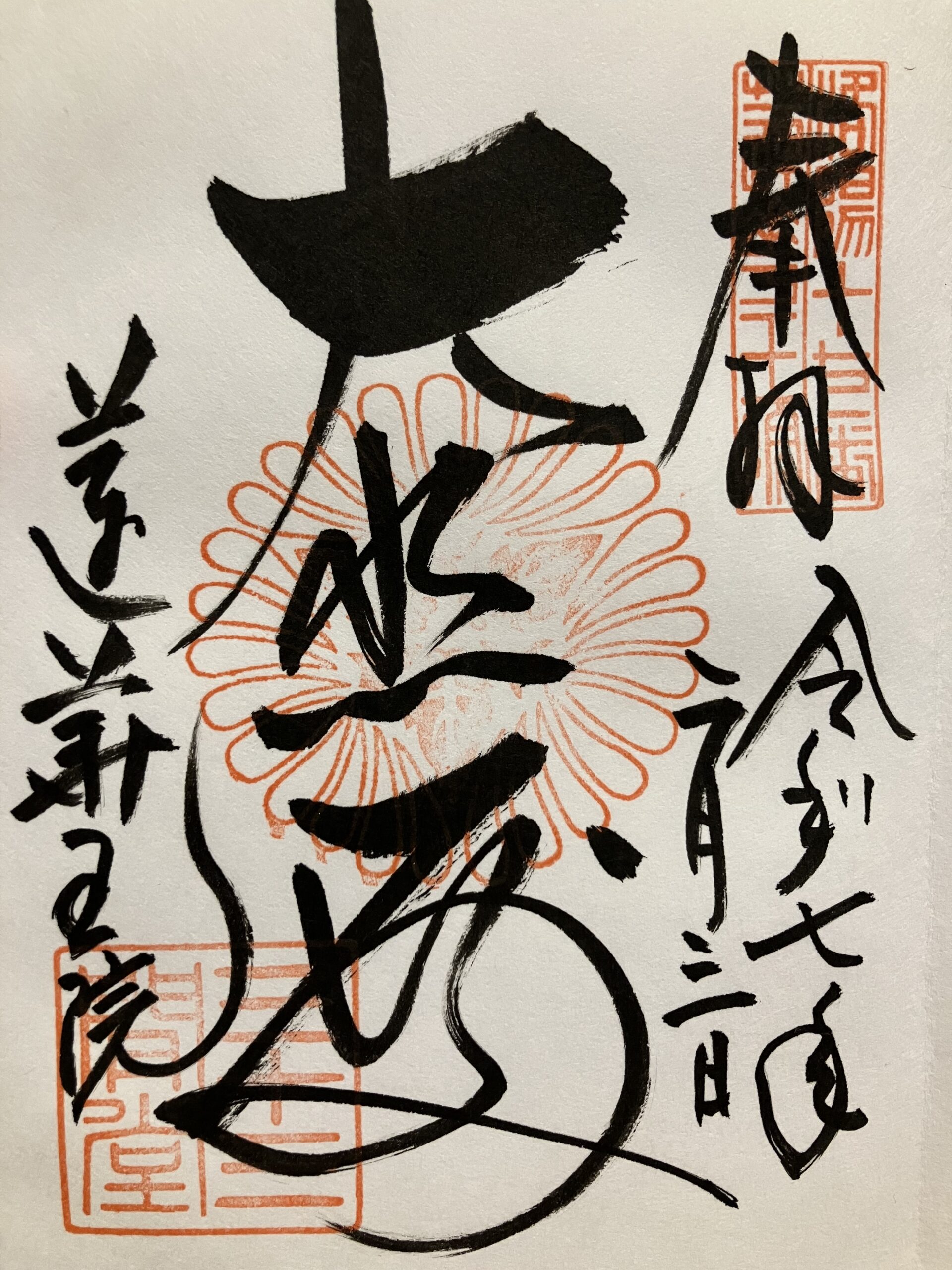The History and Significance of Sanjusangendo
Sanjusangendo is one of Kyoto’s most historically and culturally significant temples. Built in 1164 by the order of Emperor Go-Shirakawa, it was originally part of the Rengeoin Temple complex. However, after being destroyed by fire in 1249, it was reconstructed in 1266 and has remained intact for over 750 years. The temple has been carefully preserved, showcasing the architectural style and spiritual significance of the Kamakura period.
One of its defining features is its association with Kannon, the Buddhist deity of mercy. The name “Sanjusangendo” translates to “Hall with 33 Spaces Between Columns,” reflecting the architectural design that symbolizes the 33 manifestations of Kannon in Buddhist teachings.
Architectural Marvel: The Structure of Sanjusangendo
The temple hall, stretching 120 meters in length, is Japan’s longest wooden structure. Its simple yet grand design is meant to create an atmosphere of solemnity and reverence. The 33 spaces between the columns are not just a structural feature but a representation of Buddhist numerology. The temple’s long, narrow layout was intentionally designed to house the vast number of Kannon statues while also serving as a venue for various religious ceremonies and cultural events.
The roof, made of traditional wooden tiles, is built to withstand Kyoto’s seasonal weather conditions. Inside, the dim lighting enhances the golden glow of the 1,001 Kannon statues, creating a mesmerizing and sacred ambiance.
The Thousand-Armed Kannon and Other Treasures
The main attraction of Sanjusangendo is the Seated Thousand-Armed Kannon, a National Treasure of Japan. This large wooden statue is intricately carved, depicting Kannon with multiple arms, each symbolizing the deity’s ability to save people in different situations. The serene expression of the statue embodies compassion and wisdom.
Flanking the central statue are 1,001 standing Kannon statues, arranged in ten rows and fifty columns. Each statue is slightly different, reflecting unique expressions and poses. The craftsmanship involved in these figures showcases the artistic excellence of the Kamakura period.
Additionally, the temple houses 28 guardian deities, each with fierce expressions and dynamic postures. These deities serve as protectors of Kannon and are considered important figures in Buddhist mythology.
Cultural Events and Traditions at Sanjusangendo
One of the most famous events held at Sanjusangendo is the Toshiya Archery Ritual, which dates back to the Edo period. During this event, archers compete in a long-distance shooting contest inside the temple’s hall. Originally, samurai participated to test their skill and endurance, but today, the event attracts young archers from across Japan.
For visitors, it is important to respect temple etiquette. Photography inside the hall is prohibited to preserve the sacred atmosphere. Silence is encouraged to allow for contemplation and appreciation of the temple’s spiritual energy.
Exploring the Surrounding Area
Sanjusangendo is located in the Higashiyama district, home to many of Kyoto’s cultural landmarks. Nearby attractions include Kiyomizudera Temple, Fushimi Inari Shrine, and Tofukuji Temple. After visiting Sanjusangendo, taking a stroll along Kyoto’s historic streets allows visitors to immerse themselves further in the city’s rich cultural heritage.
Access to Sanjusangendo is convenient, as it is just a 10-minute walk from Shichijo Station on the Keihan Line. It is also accessible by bus from Kyoto Station, making it a must-visit destination for those exploring the ancient capital.
Conclusion
Sanjusangendo is not just a temple but a living testament to Japan’s Buddhist heritage. Its grand architecture, breathtaking collection of Kannon statues, and deep spiritual significance make it an essential stop for anyone visiting Kyoto. Whether you are drawn by its history, art, or cultural traditions, Sanjusangendo offers a profound experience that captures the essence of Japan’s religious and artistic legacy.



コメント